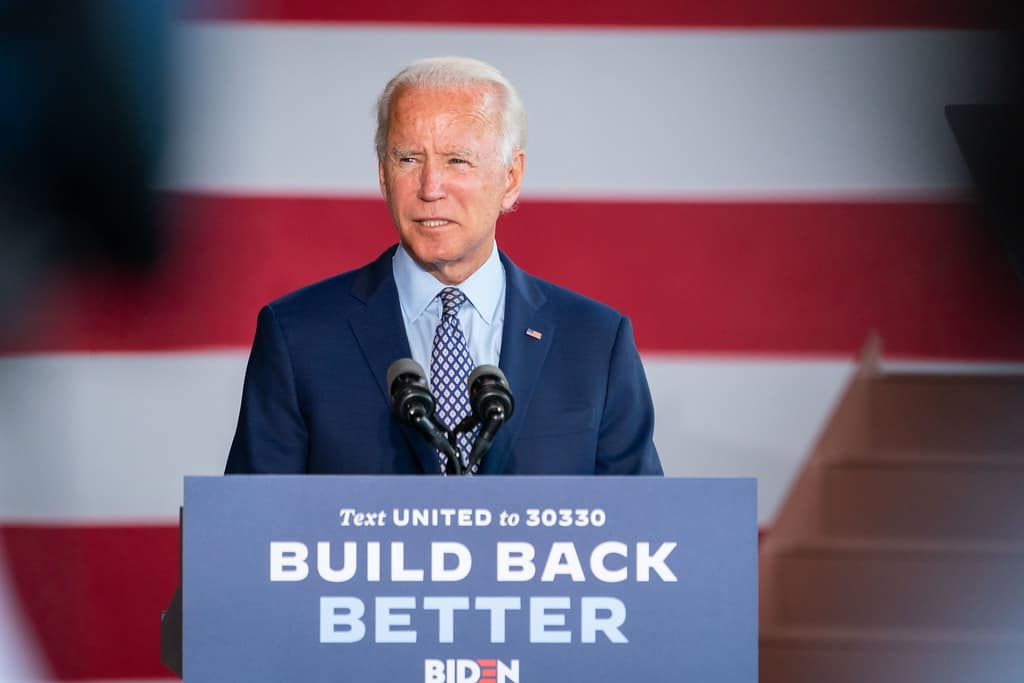Hannah Finnie is a student at Harvard Law School and a member of the Labor and Employment Lab.
In Kansas, Frito-Lay workers are continuing to strike as their efforts are picking up national attention. Unionized with the Bakery, Confectionery, Tobacco Workers and Grain Millers Union, the workers are protesting what they view as unsustainable working conditions: forced overtime, so-called “suicide shifts” where you only have eight hours off in between 12-hour shifts, extreme heat, and more. The most recent proposal from Frito-Lay would end the possibility of back-to-back 12-hour shifts with just eight hours off in between, but would still permit forced overtime up to six days a week. The workers, who have called for a nationwide boycott of both Frito-Lay and PepsiCo products (PepsiCo owns Frito-Lay), are set to resume bargaining on Monday.
Media Matters, an organization that monitors U.S. media, found that CNN, Fox News, and MSNBC didn’t spend a single minute of airtime on the mineworkers’ strike in Alabama. The strike is the first time mineworkers in Alabama have gone on strike in over 40 years, and began more than three months ago. This lack of coverage is in spite of local and international news coverage by print and online media. During the window Media Matters studied, where the three big news network failed to cover the strike, one mineworker’s wife was struck by a car, which the union believes was orchestrated by people with the company, and some mineworkers were arrested.
Bloomberg Law recently found that OSHA’s emergency standard protecting health care workers from COVID-19 dangers originally was going to protect all workers, but was whittled down to just covering health care workers during the implementation process. The original version of the standard believed that all workers in shared workplaces were in danger of COVID-19-related injuries, and therefore would have mandated certain steps be taken at the workplace to reduce the risk of COVID-19 and protect workers at all workplaces. Instead, sometime between when the rule was sent to the White House initially and when it went through review at OIRA before being finally implemented, the rule was narrowed to only apply to health care settings. The final rule also lacked the original draft rule’s requirement for non-health care employers to track all COVID-19 cases at their workplaces and report any hospitalizations or deaths to OSHA. Two unions sued to try and expand the order, saying that the emergency standard fails to cover non-healthcare workers who still face “grave danger from occupational exposure” to COVID-19.
Lastly, the Department of Labor announced on Wednesday a notice of proposed rulemaking (NPRM) to implement President Biden’s executive order requiring federal contractors to pay a minimum wage of at least $15 beginning next year. President Obama issued a similar executive order in 2014, which brought the minimum wage for federal contractors to $10.10 at the time. In a statement given to Government Executive, the Department of Labor estimated that 327,300 workers could see a raise because of the new rule.






Daily News & Commentary
Start your day with our roundup of the latest labor developments. See all
April 26
Starbucks and Workers United resume bargaining talks; Amazon is ordered to disclose records; Alabamians support UAW’s unionization efforts.
April 25
FTC bans noncompete agreements; DOL increases overtime pay eligibility; and Labor Caucus urges JetBlue remain neutral to unionization efforts.
April 24
Workers in Montreal organize the first Amazon warehouse union in Canada and Fordham Graduate Student Workers reach a tentative agreement with the university.
April 23
Supreme Court hears cases about 10(j) injunctions and forced arbitration; workers increasingly strike before earning first union contract
April 22
DOL and EEOC beat the buzzer; Striking journalists get big NLRB news
April 21
Historic unionization at Volkswagen's Chattanooga plant; DOL cracks down on child labor; NY passes tax credit for journalists' salaries.